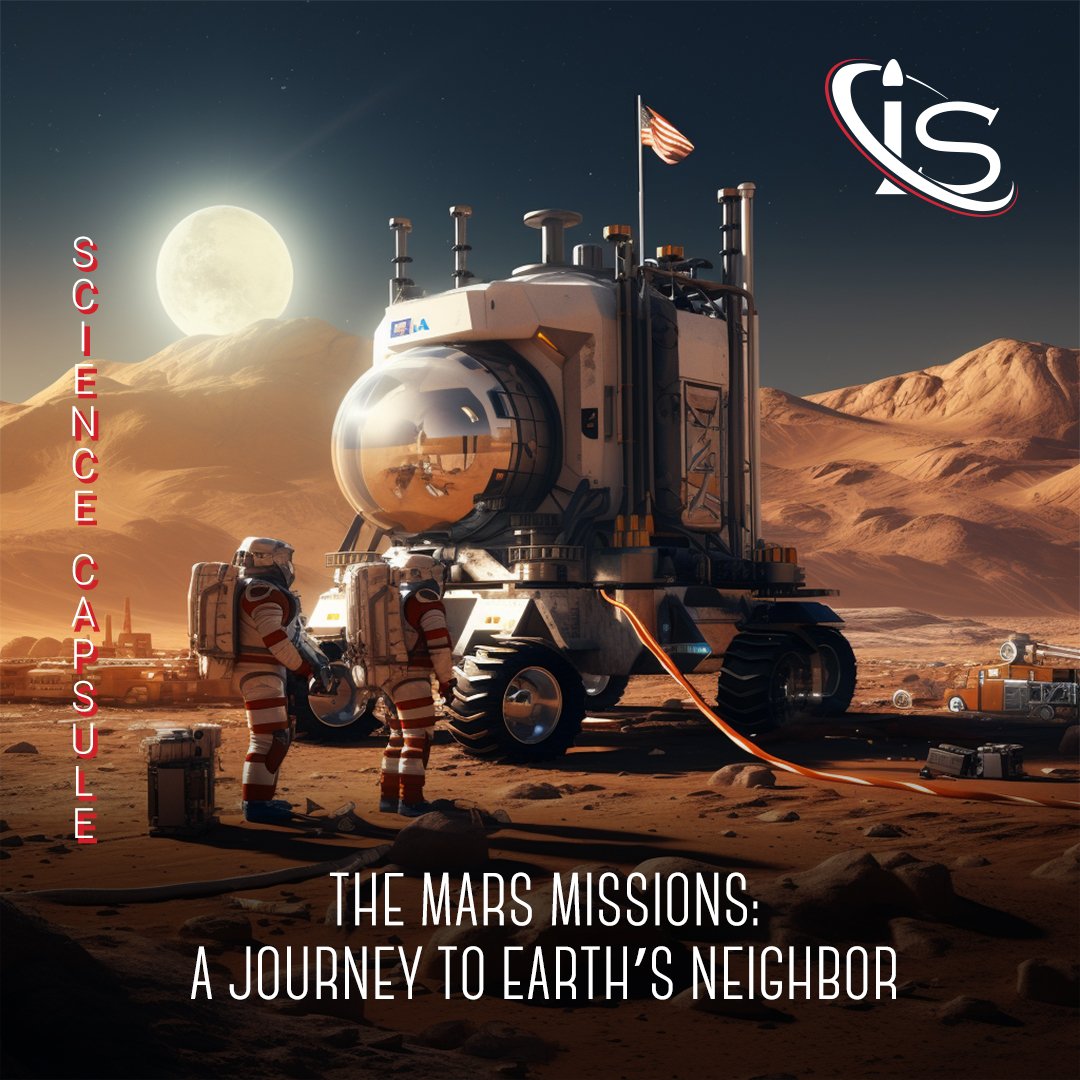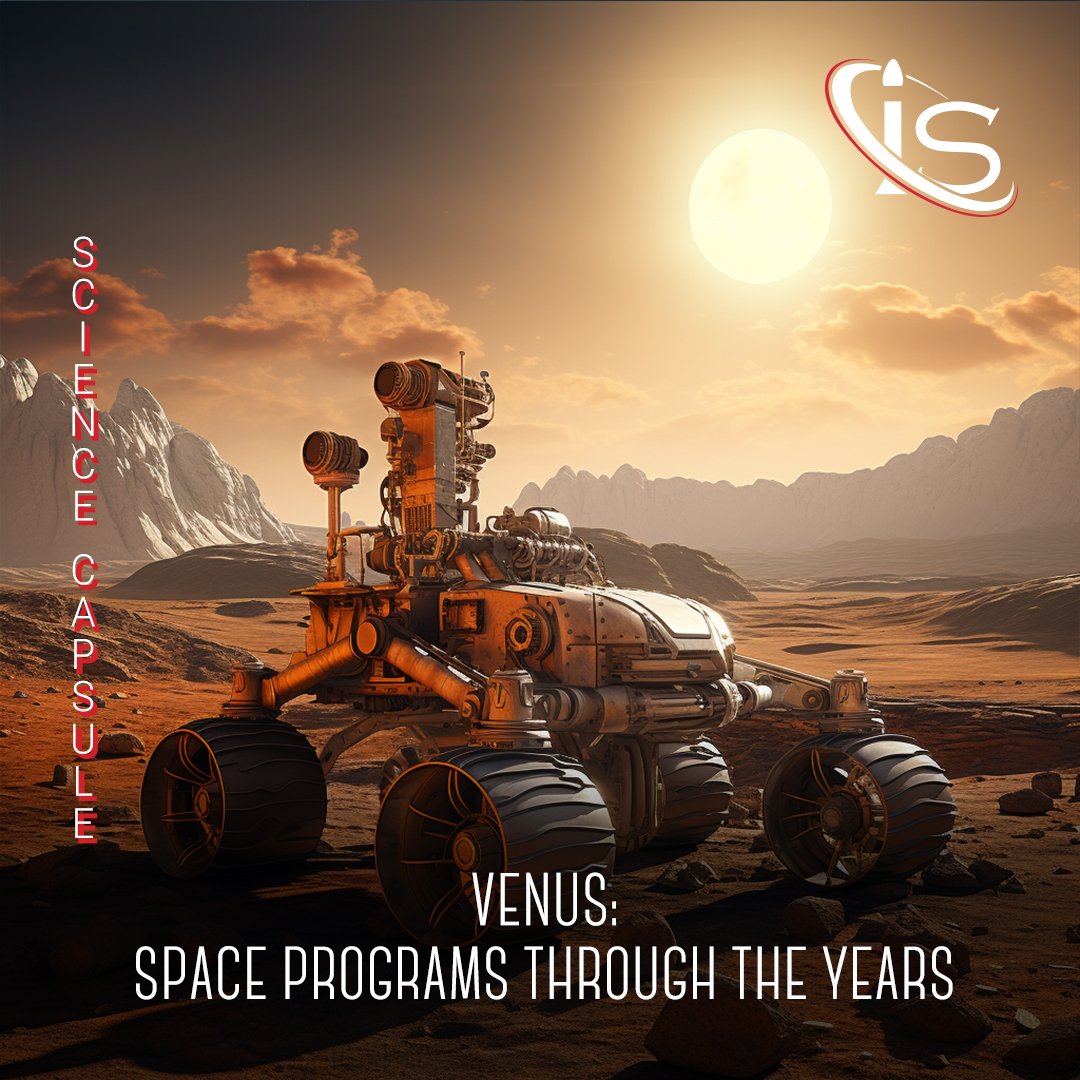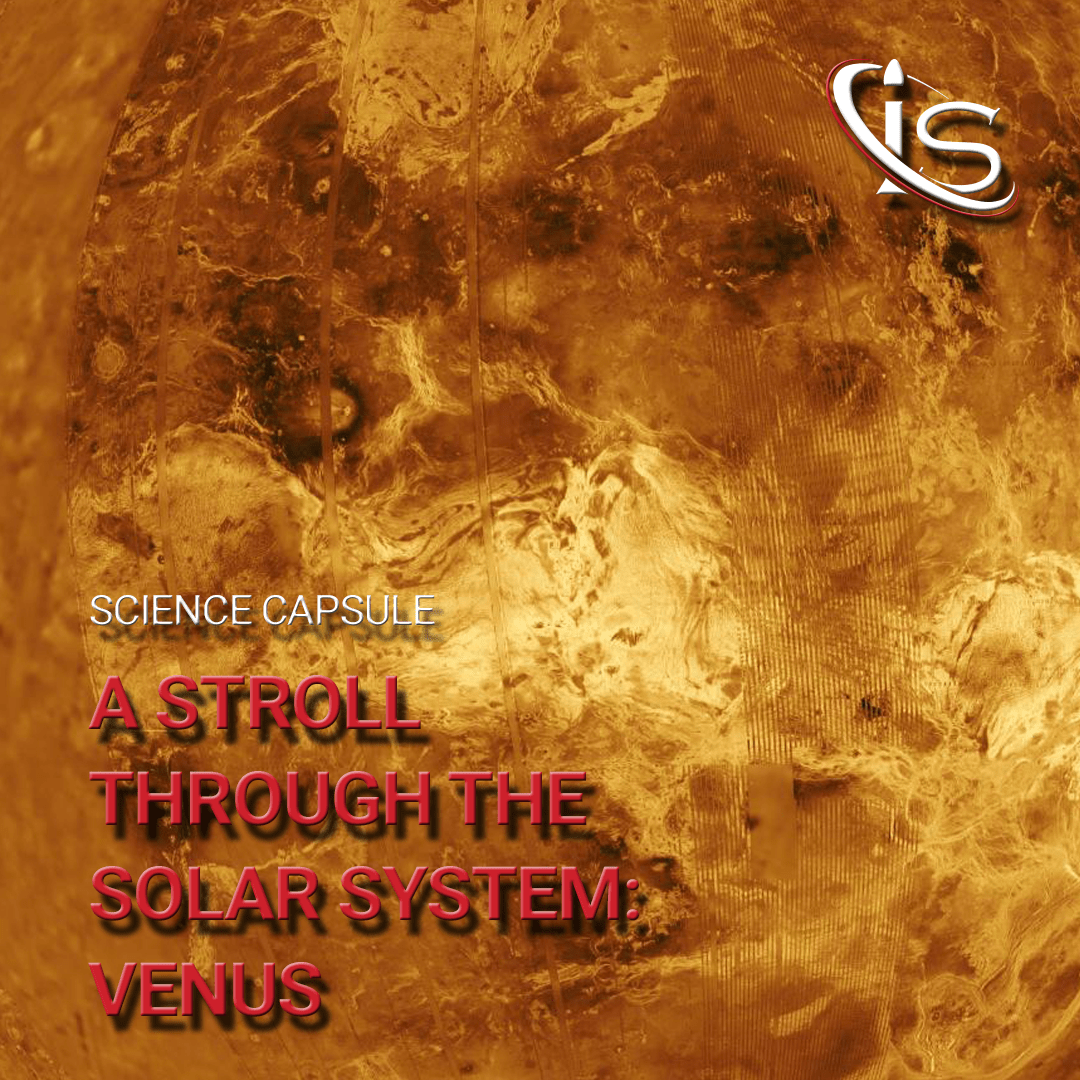Welcome back to our historical milestone series. Today, we are going to be discussing a somewhat familiar topic, the Mariner 10 mission, which we touched on in the Mercury Missions capsule. With that in mind, I will do my best to not repeat myself too much from that time and instead provide a fresh look to this mission.
Getting to Mercury
With this being the first spacecraft sent to the innermost planet of the Solar System, one question arose above all others: how to get there. And due to Mercury’s proximity to the Sun, the answer was not straightforward. In order to get all the way to the now-smallest planet orbiting our star, it had to undergo several course corrections. This led to the first of many firsts for this mission: using the gravity of one planet to reach another. In fact, Mariner 10 was the first spacecraft to use gravity to adjust its path, in general.
Because of this the Mercury-bound machine was able to gather data on two planets, not one, on its mission. Which was yet another first. And by now you can probably tell that I was not kidding when I said this mission had many firsts, just based on the sheer number of times I have said that word. And now, let’s discuss the trip in and of itself.
Mariner 10’s Journey
On its way to its first “stop”, Venus, Mariner 10 encountered its fair share of technical difficulties. These included malfunctions to the attitude control system and the high gain antenna. However, despite said problems, Mariner 10 was able to become the first spacecraft to send back data on a long-period comet, Comet C/1973 E1 Kohoutek. And after two midcourse corrections, it finally arrived at the planet Venus at the start of the year 1974. Subsequently, on February 5th of that same year, it returned its first photographs of Earth’s “twin”. This also happened to be its closest encounter with the planet, as its approach to Venus was swiftly followed by the spacecraft’s redirection to Mercury. And a little over a month later, it got there.
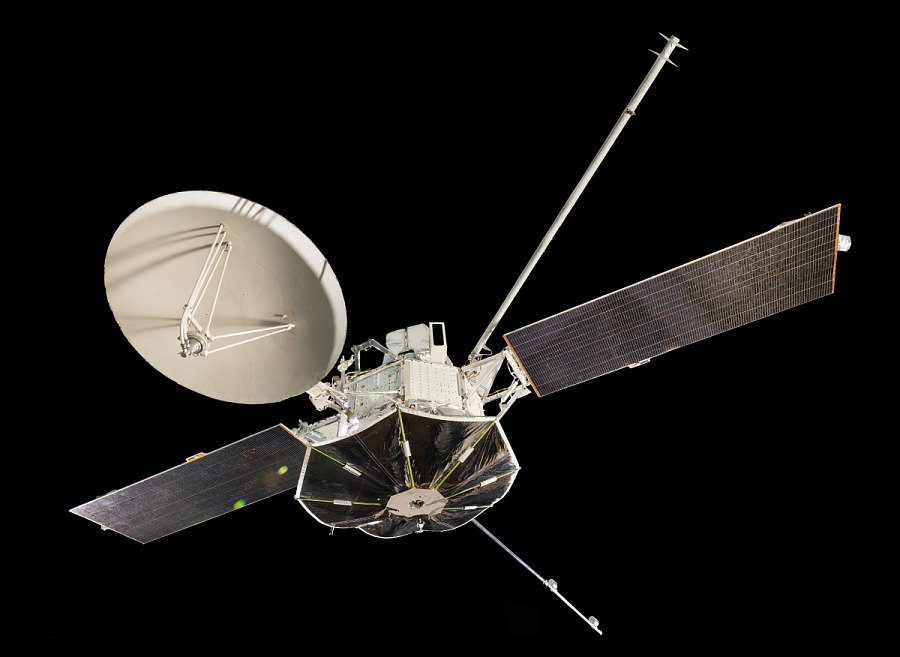
Mariner 10: the First Spacecraft to Reach Mercury
On March 16th, 1974, Mariner 10 reached its intended objective, the innermost planet of the Solar System. And with this momentous occasion, brand new data started to make its way to Earth. From revealing a Moon-like surface, to detecting the wild (which is quite the understatement) temperatures swing of the planet and a weak magnetic field, Mariner 10 had started to revolutionize what we knew about Mercury. And a couple weeks later, on March 29th of that same year (the date that also determined the release of this historical milestone), Mariner 10 had its closest encounter with the planet — a mere 703 km (437 mi) away from it. For the moment, that is.
Afterwards, Mariner 10 left Mercury behind but only temporarily. Because Mariner 10 proceeded to loop around the Sun and use its gravity to have a second flyby of the small planet. This occurred on September 21st, 1974, and let Mariner 10 obtain photos of the planet’s southern polar region. However, the king of firsts was not done yet, because it returned to Mercury for a third and final flyby. And after 3 maneuvers, Mariner 10 had made it back to its target once more, this time getting as close as 327 km (200 mi). Unfortunately, a failure in the tape recorder, combined with restrictions in the data reception rate, meant that only the central quarter of the 300 images took during this flyby could be received.
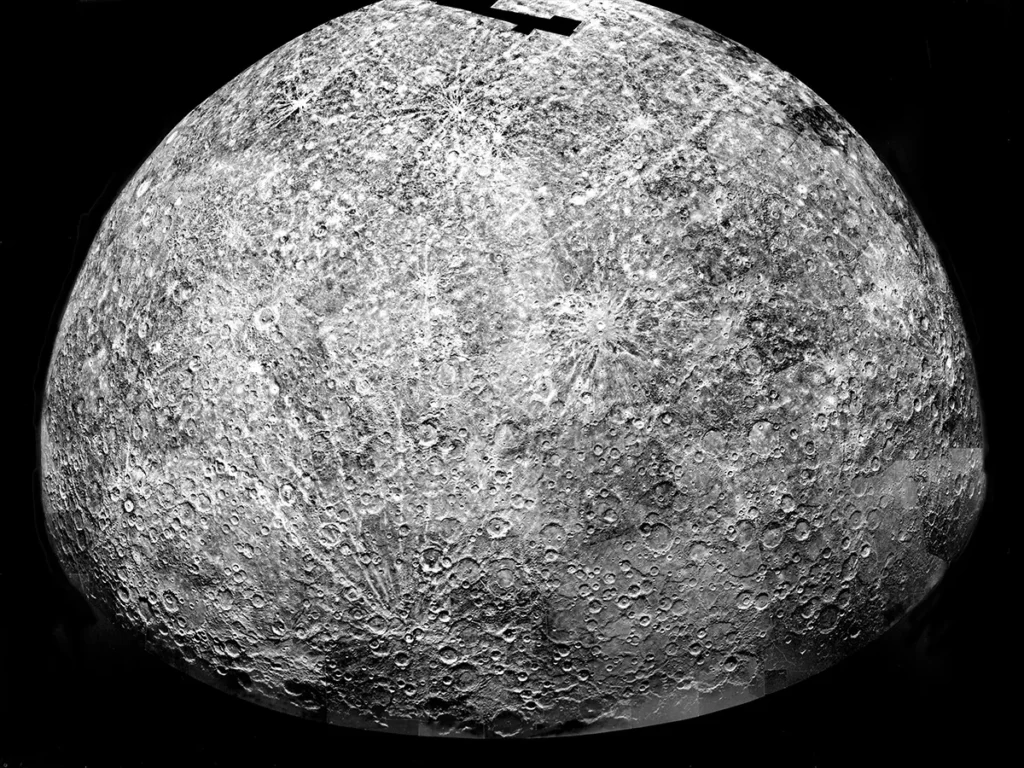
The End of Mariner 10
After completing its last flyby, Mariner 10 ventured on in space until March 24th, 1975. This is when contact was lost with the spacecraft due to it running out of fuel for attitude control. But after seeing the results of its mission, it is safe to say that Mariner 10’s time in space forever changed the way we viewed Mercury. Especially since the planet would not see another robotic probe for 30 years! It really is not easy to get to this elusive rock.
And with that, we have come to the end of another historical milestone. I hope you enjoyed following along Mariner 10’s journey. The Impulso team wishes everyone who celebrates it a happy Easter and everyone who doesn’t a happy weekend. “See you” all in the next article.
